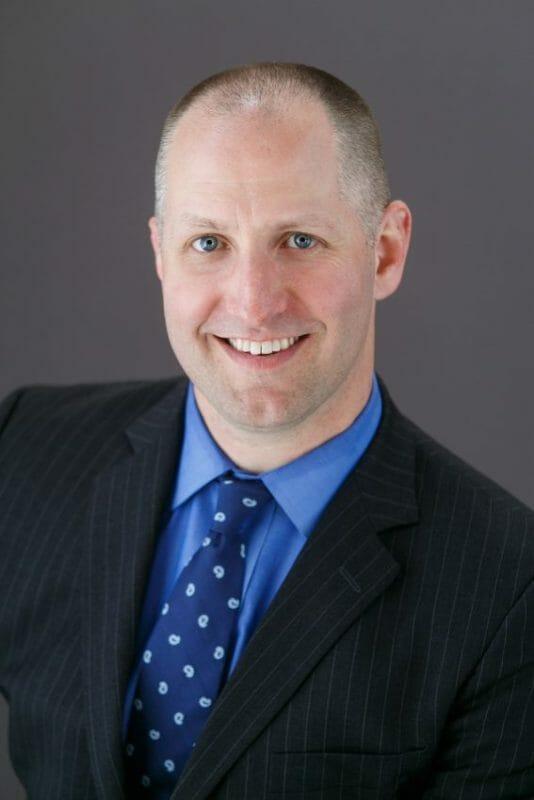Artelon Inc., a privately held medical device company, announced today that it closed approximately $20 million in Series B funding, led by Vensana Capital with expected additional participation from existing investors. The financing will fund commercial growth, clinical research, and expansion of Artelon’s product line for surgical treatment of ankles and other joints.
“Artelon has focused deeply on surgical solutions for ankle instability, a large and underserved market” said CEO Aaron Smith. “Ankle sprains are the number one reason for emergency room visits in the United States, and up to 20 percent of those patients will develop chronic instability after these injuries. While traditional surgical procedures can mitigate ankle instability, patients endure a long recovery period and can still have residual pain or instability over the long term.” Artelon’s innovative surgical solutions represent more than 30 years of research and expertise on the complex interaction of mechanics and biology in tendon and ligament reconstruction. “Following on the commercial success of our current Flexband® SOLO and Flexband MULTI products, this funding will allow us to take on adjacent clinical indications and pursue leadership within the $2B U.S. ankle instability market, while expanding our efforts to address latent customer needs in other unstable joints.”
“Artelon is focused on bringing value to patients and healthcare providers through a platform that enhances soft tissue repair while restoring stability and motion,” said Greg Banker of Vensana Capital. “They are on a mission to enable faster recovery and improved outcomes for patients, while fitting seamlessly into clinical workflows.” Added Vensana’s Kirk Nielsen, “Vensana is excited to join the Artelon team and to support their efforts to establish themselves as a technology and market leader.”
Artelon’s Dynamic Matrix™ technology is a proprietary polymeric bio-textile for musculoskeletal soft tissue reconstruction. Dynamic Matrix is designed to mimic the natural mechanical and biological properties of healing ligament tissue. It has been proven in clinical studies to protect the surgical repair during early healing, quickly restore the mechanics of motion, and support development of regenerating tissue before dissolving over five to six years.
